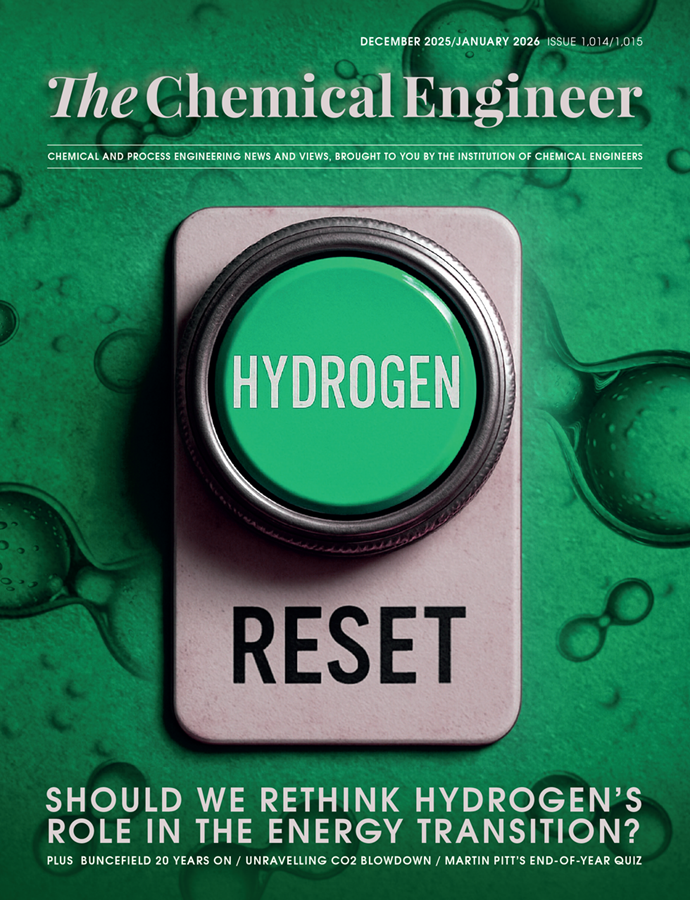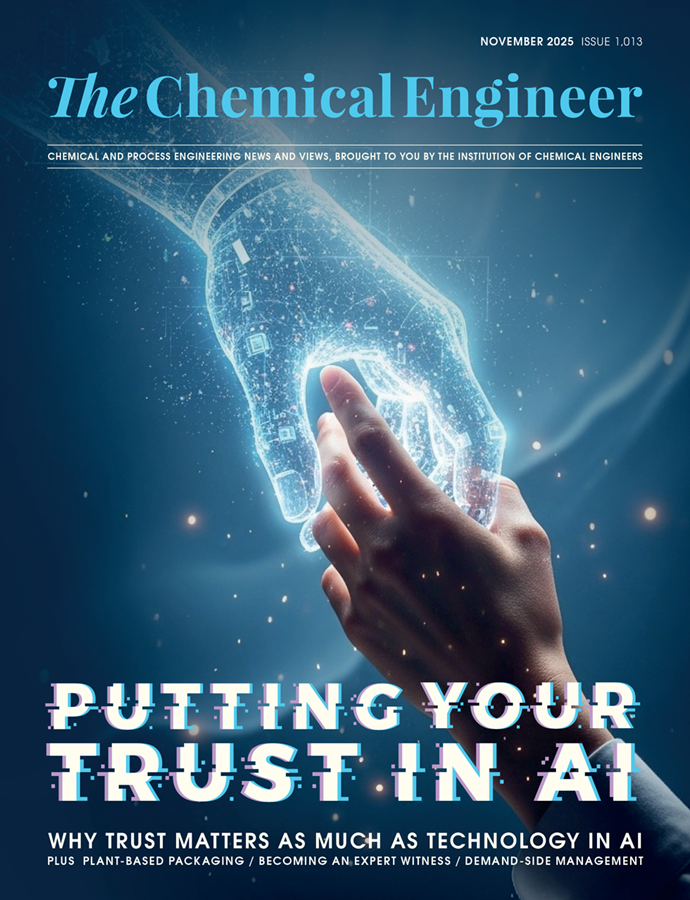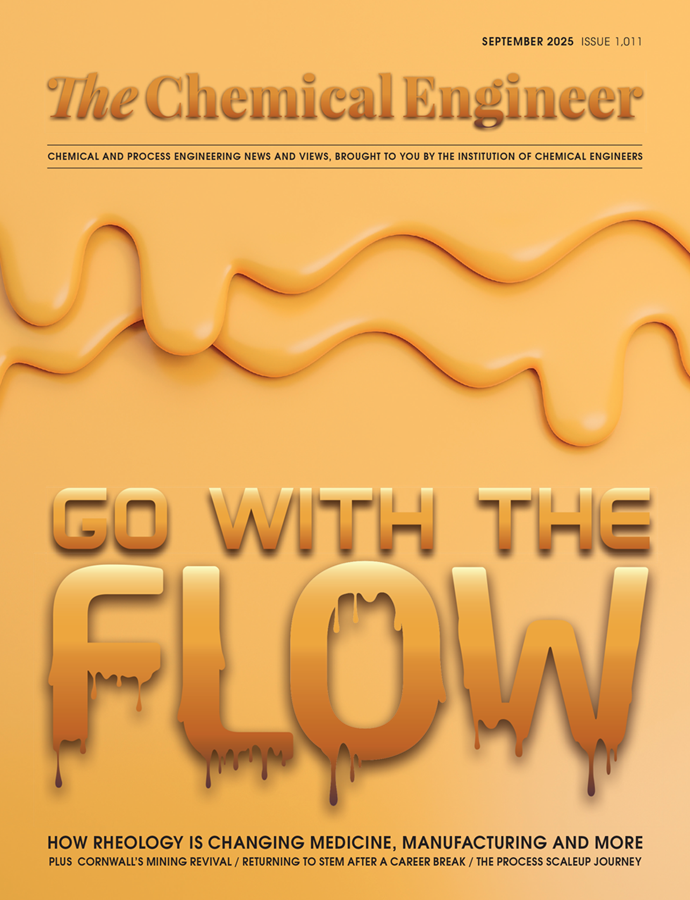MIT researchers develop method to purify gene therapies ten times more quickly than current process

RESEARCHERS at Massachusetts Institute of Technology (MIT) have developed a method to purify gene therapies ten times more quickly than conventional processes, paving the way to lower prices for the expensive drugs.
Gene therapy, a type of treatment that alters the DNA of disease cells, is one of the most expensive classes of drug, but researchers at MIT's Department of Chemical Engineering believe prices could be lowered "substantially" by improving the purification process which currently accounts for around 70% of the total manufacturing costs.
Most gene therapies use recombinant adeno-associated viruses (rAAV) as capsids – shell-like structures that carry genetic material to the target cell. The yield in typical rAAV production is around 90% empty capsids, which are therapeutically useless but must be removed as they can trigger immune responses without providing any medical benefit.
Current purification methods rely on chromatography to separate the empty and useful capsids, but because they are so similar in molecular weight, density and protein structure, multiple filtration steps are usually required. Overall production losses can be up to 40% and the final yield can contain as few as three useful capsids for every empty one, and the entire process can take up to 40 hours.
Instead, the MIT team exploited the difference in electrical charge density between empty and useful capsids, owing to the slight negative charge of DNA molecules and the positive charge of the outer capsid shell, which causes them to crystallise at different rates. Using “selective crystallisation”, a method widely used to manufacture small pharmaceutical products but which the researchers claim has never been used for gene therapy purification, the team was able to separate the capsids in under four hours – up to 10 times quicker than the chromatography method.
Lead author Vivekananda Bal said production losses were “very low” while purity was “very high”. Publishing their results in ACS Nano in September, the researchers reported a production yield of 90% and around 20% improved purity compared to chromatography. The researchers said their method is “highly scalable and economical and improves product quality”.
Bal believes the method could be commercialised within a couple of years and is applying for a patent. He added that the team is in discussions with a number of unnamed pharmaceutical companies. The latest research was part-funded by pharmaceutical companies Sanofi, Sartorius and Artemis Life Sciences, although it is not clear whether they are in formal commercialisation talks with the MIT researchers.
Recent Editions
Catch up on the latest news, views and jobs from The Chemical Engineer. Below are the four latest issues. View a wider selection of the archive from within the Magazine section of this site.




